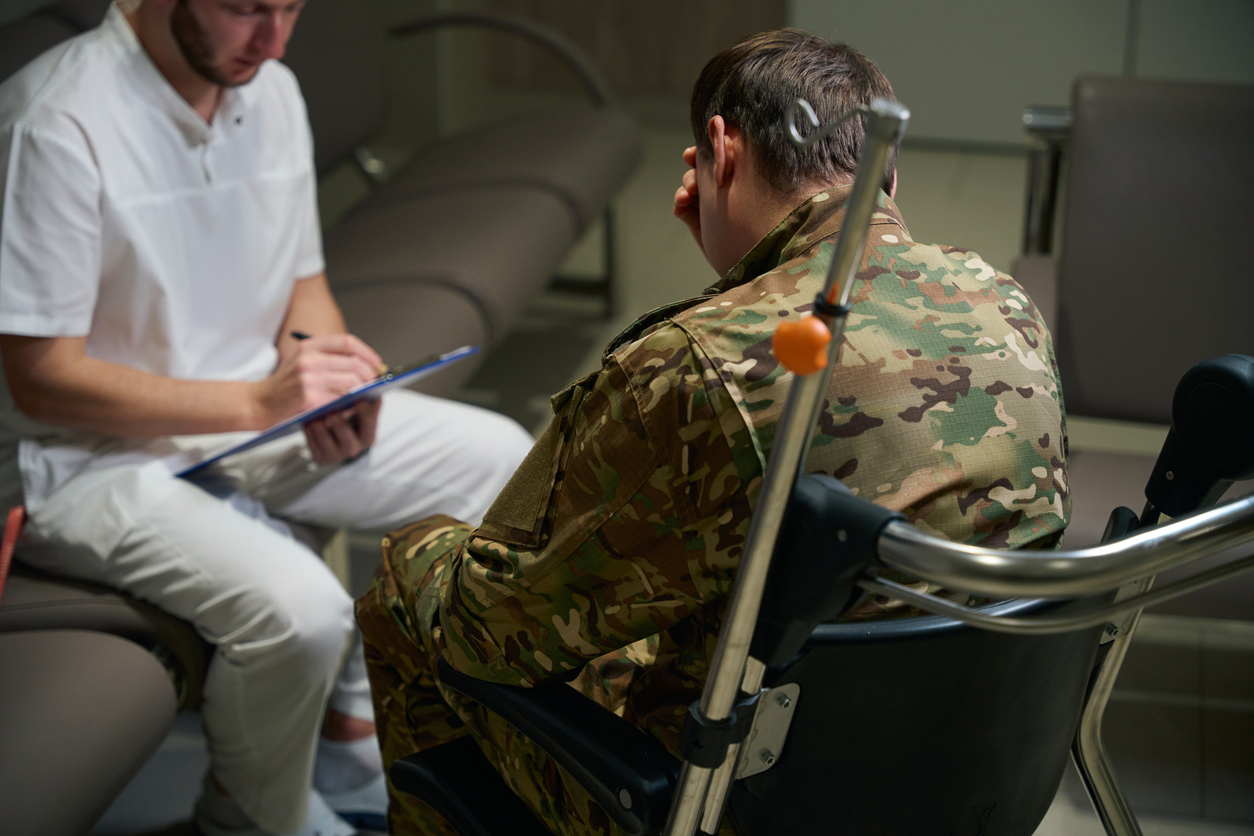How Can Veterans Prove Service Connection for Disability Claims?
To secure disability benefits from the VA, a disabled veteran must show that their disability is connected to their military service. According to the Bureau of Labor Statistics, 30 percent of all veterans have a service-connected disability, and 46 percent of Gulf War II-era veterans have one.
Service-connected disabilities may entitle veterans to monthly tax-free compensation, free prescription medications for their condition, vocational rehab, veteran hiring preferences, burial and plot allowance, and more, depending on their disability rating. And a new law—the PACT Act—has just expanded disability benefit eligibility for thousands of veterans.
Unfortunately, due to red tape, murky processing, or downright injustice, many vets struggle with getting recognition of their disabilities and the benefits they need. An attorney can explain the requirements behind the VA’s procedures.
Service Connection and Disability
Qualifying Service
Types of Service-Connected Disability Claim
A veteran applying for service connected disability benefits must prove three elements.
- An in-service injury, event, or exposure; and
- A current, chronic disability; and
- A link between element one and two, either in the form of a presumption or a medical nexus.
Presumptive Service-Connected Conditions
According to the VA, “if you have a presumptive condition, you do not need to prove that your service caused the condition. You only need to meet the service requirements for the presumptive [condition].” There are over two hundred conditions listed as presumptively service-connected.
However, the presumptive condition may come with a time limitation. For example, a number of chronic debilitating conditions are presumptive conditions if they appeared within one year of discharge. These include:
- Anemia
- Leukemia
- Gallstones
- Hypertension
- Arteriosclerosis
To qualify, the condition may also need to be rated at a minimum of 10% within a certain period.
Some conditions are only presumptive if the applicant served in a particular region or country. Certain tropical diseases, such as dysentery, malaria, and schistosomiasis, can lead to disability. When these develop within a year of service in a tropical location and are rated at least 10%, they are considered service-related.
The PACT Act has recently expanded care availability for veterans exposed to TERAs—toxic exposure risk activities—particularly those who served in the Middle East. TERAs include burn pits, oil well fires, warfare agents, radiation hazards, and even occupational hazards, such as asbestos. Veterans who were exposed to TERAs during their service may develop conditions that are now considered presumptive, depending on the location of their service.
For Gulf War and post-9/11 veterans, these include:
- Chronic sinusitis
- Chronic bronchitis
- Asthma diagnosed after service
- Many types of cancer, including any affecting the head, neck, GI system, or reproductive systems
For Vietnam-era veterans who may have been exposed to Agent Orange, the law adds two new presumptive conditions—including hypertension—and a wider list of presumptive service locations for exposure.
Proof of Nexus for Disabilities
To establish service connection for a disability that is not presumptive, the veteran must prove to the VA that:
- They have a current diagnosis for the disability
- They experienced an in-service illness, injury, or event
- There is a medical nexus—that is, a link—between the in-service event, illness, or injury and the current disability
Service connections for disabilities may be:
- Direct—as with those related to combat injuries or other injuries or diseases that began in service.
- Secondary—for example, depression resulting from the effects of a service connected disability on a veteran’s life.
Disabilities resulting from aggravated pre-existing conditions can also be service-connected. In rare cases, disabilities resulting from negligent or substandard VA care itself may be eligible for benefits, even if the issue was not initially service-connected.
The veteran’s military records, which may or may not reflect in-service events and treatment during service, are key to proving service connection, but they are not the only evidence necessary. Statements from those around the veteran can also bolster the application. Lay statements—those from family, friends, and colleagues—can demonstrate the current effects on the veteran’s life. Buddy statements, given by other servicemembers who were present at the time, can clarify how the injury occurred and developed.
An independent doctor can write a nexus letter for the veteran, describing the veteran’s disability and its link to their military service. For maximum effect, the doctor should review the veteran’s entire file and note that they have done so. They should also describe their own qualifications to make the determination.
Seeking Guidance
When a disability claim is denied, the veteran generally has one year to appeal. However, it is wise to move as soon as possible. If you are a veteran, our experienced attorneys can help you navigate this process. Call us at 608-975-3042 to schedule your free initial case review.
